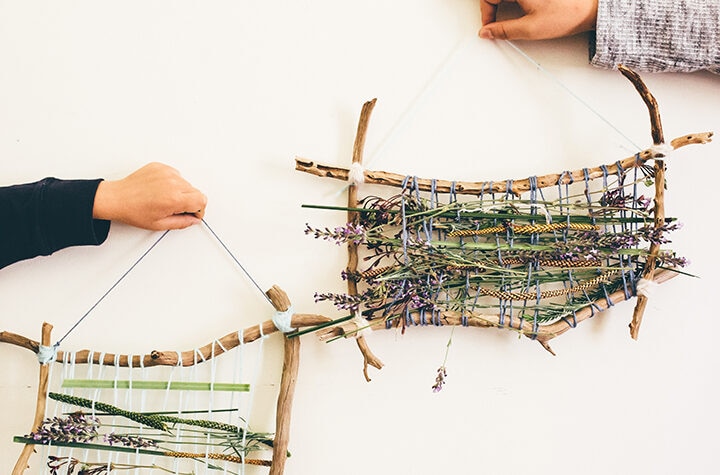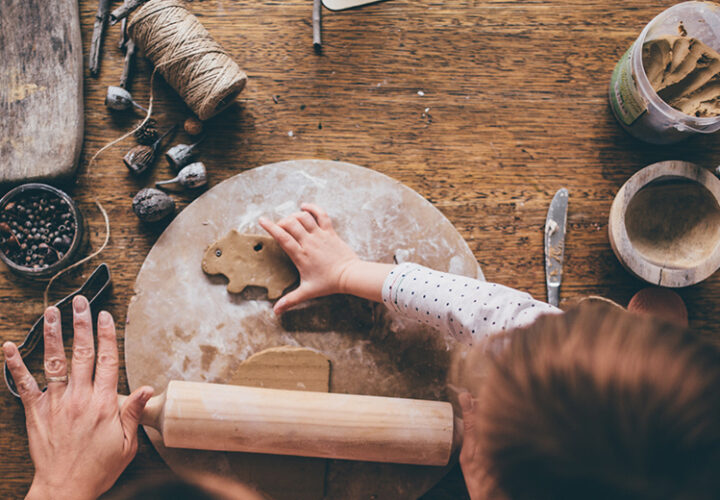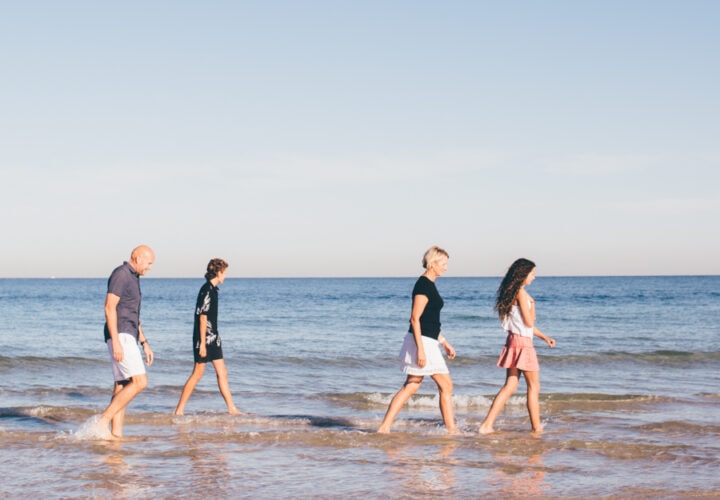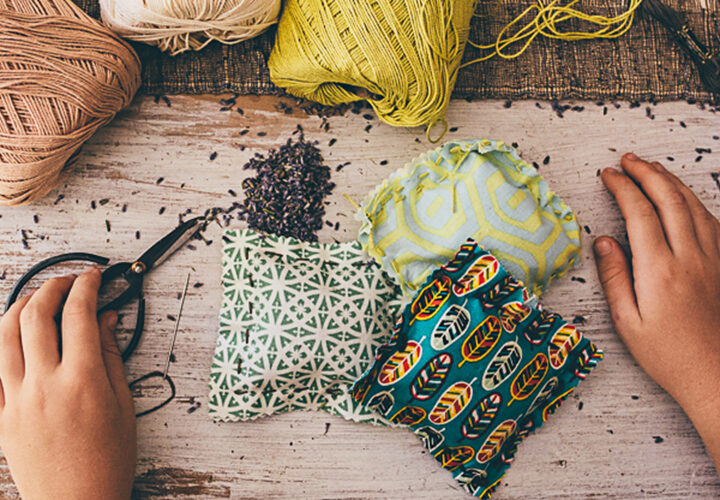Egg Dyeing – by Xan Holyoak

Many everyday vegetables impart a wonderful spectrum of natural colour and using them to dye hardboiled eggs will encourage your child’s curiosity while allowing their sense of nature’s wonder to flourish.
To be enjoyed over two days, this project is an observation of time and patience. With so much room for experimentation you can truly immerse yourself in the process, giving you and your child the opportunity and freedom to play.
WHAT YOU’LL NEED
- 1 dozen eggs
- 1/4 purple cabbage
- 3 red onions
- 3 brown onions
- 2-3 medium sized beetroots
- 2-4 tbs turmeric powder
- Approx. 10 tbs of house-hold white vinegar.
GATHER
- 1 large stainless steel strainer
- 1 measuring cup
- 1 tbs measuring spoon
- 1 large spoon
- A pot with a lid for each variety of vegetable (i.e. each colour)
- 1 large glass or stainless steel bowl (avoid plastic or ceramic as they may stain)
- A couple of rags or dish cloths
- Cutting board/s Kitchen knives (optional grater)
- Newspaper or old towels for protecting your work surface
- Wire baking rack on which to place dyed eggs for drying (with something underneath for catching drips – you can use a baking tray but towel or newspaper is fine)
- Recycled glass jars with lids – large enough to hold 2 eggs and dye liquid comfortably
- Sticky labels and/or marker pen
PREPARE
Eggs
These can be hardboiled separately in advance OR done so in the boiling water of the dye pot whilst extracting your colour. If choosing this option, remember to remove the eggs after their cooking time and not to leave them for the full dye bath preparation or you risk overcooking and cracking their shells.
Your work surface
Vegetable dyes are powerful colourants so you may wish to cover your kitchen bench with newspaper or an old towel to minimise stains. This activity can get messy with lots of washing up! Relax and enjoy the process with your child, the results are worth it!
Jars
When your hardboiled eggs are ready you will place two inside each clean jar and set aside with lids. Make sure your labels are ready before you start to avoid any mix ups. A space Clear a space in your fridge to house your jars while eggs soak overnight.
Your dyes
Using one pot per variety of vegetable, follow instructions to create your dye base.
Tip: These instructions are for 2-4 eggs per dye bath. If you are colouring all your eggs the same or if working with a group of children, you will need to adjust quantities accordingly.
STEPS FOR CREATING YOUR DYE BASES
- Chop, shred, grate or peel your vegetables. Place in separate pots with water using an approximate 1:1 ratio, for example 1 cup of chopped vegies to 1 cup of water. For onions, it is the skin that holds the dye so be sure to use this part. It is fine to include a little flesh as well. For ground turmeric, use approximately 2 tbs per 1 cup of water. Stir over heat until relatively dissolved. Avoid letting it boil.
- Place pot on stove and bring to a boil. Once boiling, reduce to a simmer (add raw eggs if not preparing earlier), and continue to simmer for approximately 20 minutes (remembering to remove eggs after their cooking time).
- After simmering, remove pot from heat and set aside while it cools a little.
- Once cooled, set your colander inside your bowl and place both into your sink. Pour entire contents (veg and water) into your colander. Once drained, your vegetable matter can be composted, leaving your strained coloured water in the bowl and ready for the next step.
- Using the 1:1 ratio, pour 1 tbs of white vinegar for every 1 cup of coloured water into your jars. Place two with eggs and completely cover.
- Clearly label your jars so you know which vegetable was used for which dye and secure lid in place.
- Place jars into fridge and allow the eggs to soak in their dye baths overnight, or longer for more depth of colour.
DISCOVER
When you are ready, retrieve the jars from the fridge and place next to your prepared baking rack. When eggs are wet, the colour will scratch very easily. Using a spoon, carefully remove each egg and place it on the rack to dry. At this stage you have the choice to either allow for your eggs to dry, enabling the dye to set. Or you can rinse them under cool water, gently rubbing away the top surface of dye and revealing the softer tone beneath. The same result can be achieved with a damp cloth. Do not be concerned about the powdery residue on the turmeric dyed eggs, simply rinse your egg or wipe it off with a soft cloth once it has dried.
Tip: Keep a mix of tones, washing some and leaving others with the stronger pigment.
Note: Caution should be taken with this activity as it involves boiling water and working with a stove.









